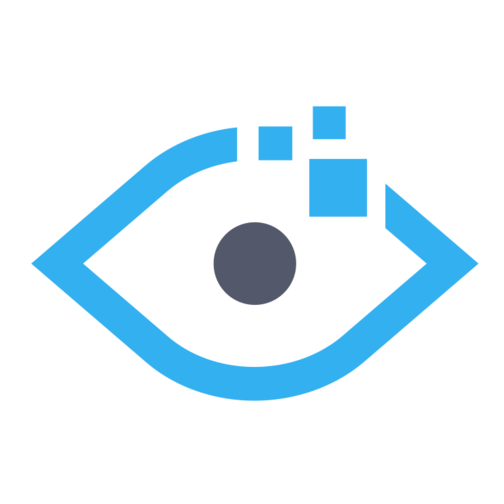
Following a concussion, patients often experience visual symptoms, such as blurred or double vision (diplopia) or increased light sensitivity (photophobia). Some patients also have oculomotor impairments that affect their eye movements. We are investigating whether tiny, involuntary eye movements, called fixational eye movements (or FEMs), may be altered following a concussion or mild traumatic brain injury (mTBI). We are currently conducting a pilot study to determine whether alterations in FEMs exist following concussion, and how these alterations might be used to better understand the injury or to track a patient on the road to recovery. For these experiments, we are utilizing a prototype imaging system from C. Light Technologies, Inc., called the tracking scanning laser ophthalmoscope (TSLO). This device allows us to track the eye with exquisite sensitivity by imaging the motion of the retina. From these recordings, we can derive an eye motion trace that tells us about the different characteristics of fixational eye movements such as microsaccades and drift. From this eye motion trace, we calculate a variety of metrics with custom software to identify whether there are differences between normal subjects, individuals with a concussion, and these same individuals after they have recovered. Given that concussions are heterogeneous and can be caused by a variety of mechanisms of injury, such as from sports, motor vehicle accidents, or assaults, we are interested in whether we might be able to differentiate the types and severity of injury by identifying characteristic changes in fixational eye movements. We also aim to compare our results to the current gold standards of clinical concussion diagnosis such as Vestibular Oculomotor Screening (VOMS) and Immediate Post-Concussion Assessment and Cognitive Test (ImPACT). We are collaborating on this project with the world-renowned concussion experts at the UPMC Sports Medicine Concussion Program and look forward to presenting the results of our study in future scientific meetings and publications.
This work is supported by a grant from C. Light Technologies, Inc. and by the University of Pittsburgh Department of Ophthalmology.


